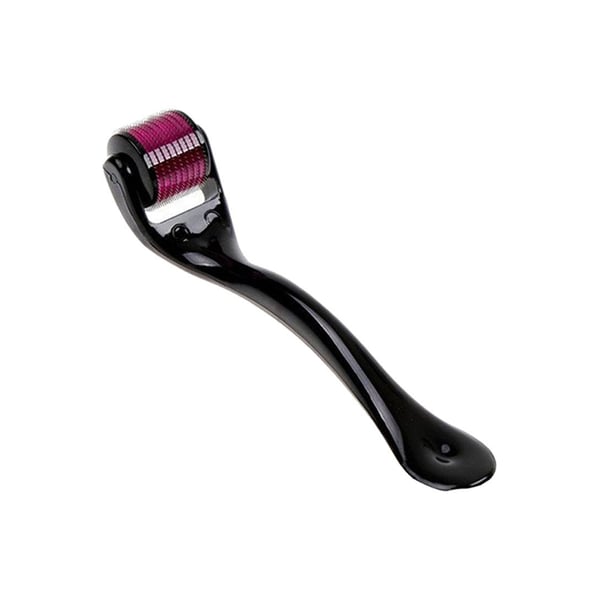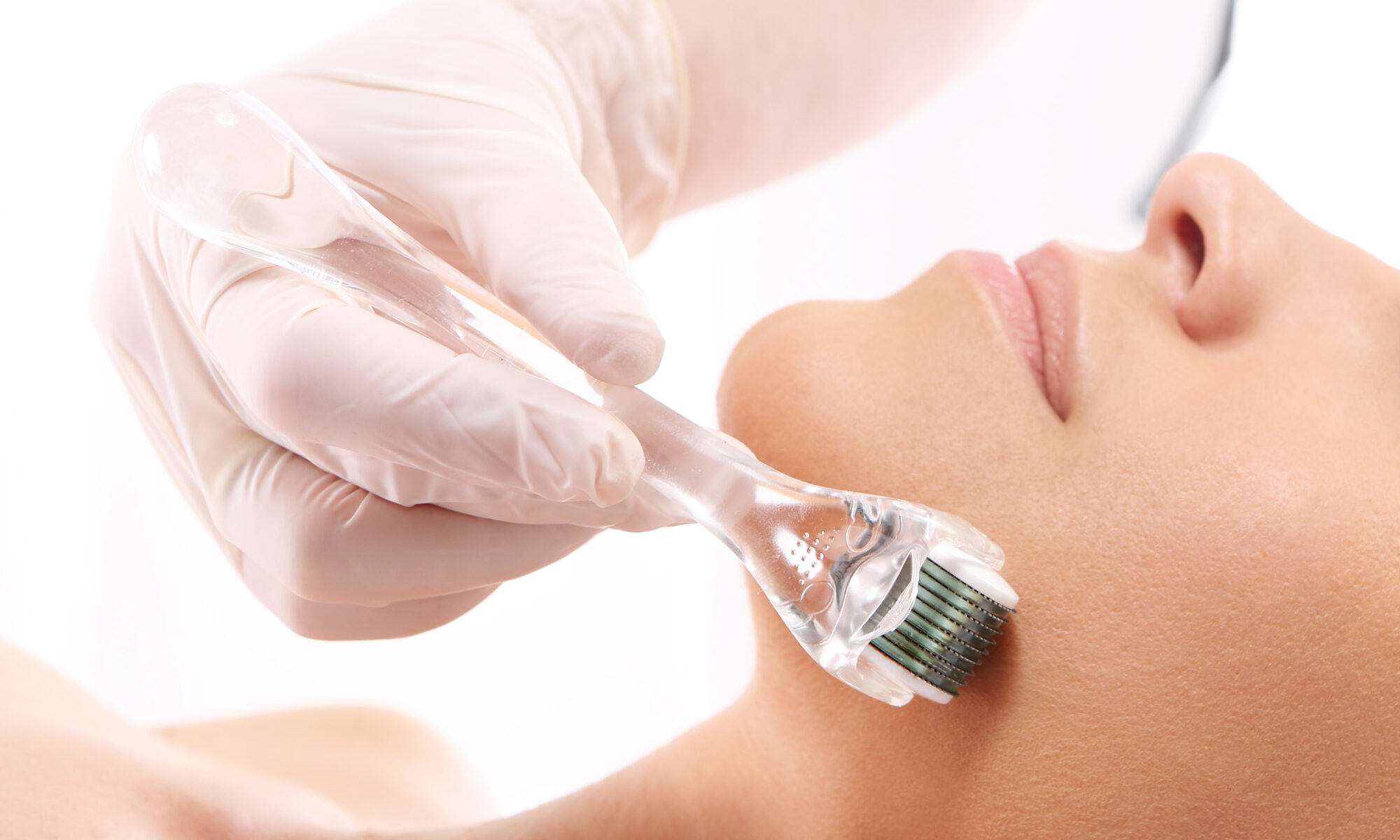I made a considered decision to invest in a derma roller, enticed by numerous endorsements from beauty influencers on YouTube. This handheld tool features a drum-shaped roller on one end, containing tiny titanium or medical-grade stainless steel needles ranging from 0.5mm to 2mm in length. Its mechanism involves creating controlled micro-injuries on the skin’s surface, prompting the body’s collagen production to kick into high gear for repair. The influx of collagen aids in the regeneration of skin, diminishing scars and blemishes, ultimately resulting in a smoother, blemish-free complexion.
Witnessing remarkable improvements in my friend’s facial skin, which had been marred by severe acne during her teenage years, further affirmed the efficacy of derma rolling. However, it is necessary to emphasize the importance of utilizing this tool under the supervision of a medical professional. While in the hands of an expert, it can indeed work wonders, attempting it without proper guidance can lead to unfavorable outcomes. Thus, before succumbing to the allure of beauty influencers advocating for at-home derma rolling, it’s essential to consider both sides of the story along with expert cautions.
While quality derma rollers come with a considerable price tag, I managed to find one online for a fraction of the cost. Initially, following standard precautions, I sanitized the roller before and after each use. Admittedly, the process was painful, as expected when maneuvering hundreds of sharp needles across one’s face. The ensuing redness and roughness persisted for a couple of days before giving way to astonishing results. Over subsequent weeks and repeated sessions, the improvement in my scars was undeniable.

However, my third attempt at derma rolling took a perilous turn. Shortly after the procedure, my skin displayed alarming signs of inflammation, culminating in the formation of painful boils—a diagnosis of staph infection followed, prompting a visit to my dermatologist. It was then revealed that using a 1.5mm roller without professional oversight was a reckless decision. This experience highlighted a vital lesson: never undertake derma rolling at home without proper medical guidance.
Dermatologist opinion on what went wrong
Offering insights into what went awry, a renowned dermatologist stresses the importance of distinguishing between derma rollers intended for home use and those suitable for professional settings. While rollers with 0.5mm needles may be deemed safe for home use with stringent aseptic measures, those with longer needles, ranging from 1.5mm to 3mm, pose significant risks when used without professional supervision. Complications such as bacterial infections, pus boils, acne exacerbation, and even the spread of viral infections are among the potential side effects of unsupervised derma rolling.
Furthermore, adherence to proper care practices cannot be overstated. Derma rollers should be meticulously washed in hot water, handled gently during use, and avoided altogether in the presence of existing skin conditions like boils, acne, herpes, or warts. Importantly, derma rollers are designed for single-use only, with each subsequent use carrying heightened risks of complications such as scarring due to needle bluntness. Hence, a cautious approach, coupled with professional guidance, is paramount for safe and effective derma rolling practices.
Find the original story at healthsite.com
